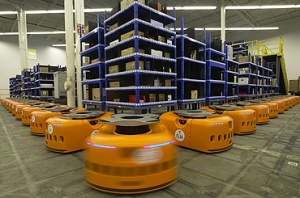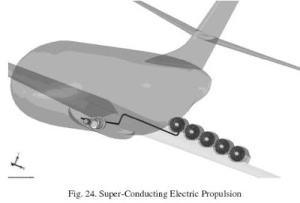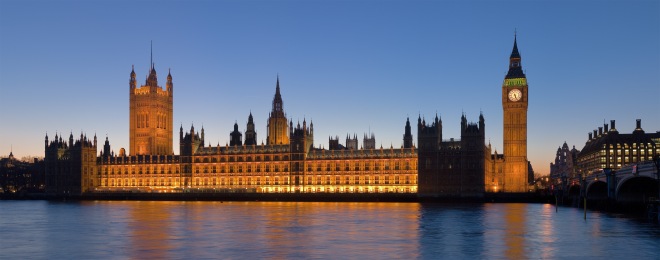
Today’s musical track seems strangely appropriate for a number of reasons. It’s taken from the musical Company by Stephen Sondheim, a lyricist and musician who you’ll find towards the top of my personal list of favourites.
As a choice, it’s relevant as well as being strangely ironic. It relates to the constant churn of people in cities such as New York with it’s daily new arrivals and those who ‘go away’ as the lyrics mention. It’s unclear whether that’s merely a reference to leaving New York or something more fundamental, but it does emphasise the transient nature of a city as well as those who live within it.
In terms of the corona virus, the thought of a lively, bustling city with residents and workers jostling through it now seems strange. It’s like watching a film in which people were smoking in a restaurant – it’s something you know happened but it seems like a lifetime ago. How strange it now seems to see television programmes with liberal hand shaking, contact and interaction. I’m sure we will return to it, but those scenes seem almost mildly threatening when seen through the lens of the current emergency.
Vaughan suggested an alternative title – and another hundred people just got Covid in Spain but that needed too much explanation to avoid appearing crass which was certainly not his intention.

I admit to thinking twice about going with the choice myself. What was I suggesting the train is? A literal means of transport? Am I cheapening someone’s death by saying they just got off the train ? A potential minefield of how to offend anyone having lost someone or reading with a particular sensitivity to the words chosen. I could also hear a former English teacher, Mr Hector suggesting it may not be wise to confuse a reader with analogy or metaphor.
In the end, I’ve decided my readers (in as much as there are any) are bright enough to recognise either and open minded enough to go with the flow. It did start me thinking though – so the first train, the literal.

Despite the reports of thousands of Londoners flouting the regulations and undertaking all forms of extreme sunbathing, this isn’t the experience I’ve been living. Nor, in terms of transport is it supported by the statistics. The available figures are from the end of last week but show the overwhelming majority of people are correctly staying at home and avoiding unnecessary travel.
Transport for London are reporting tube use down by 90 to 95% based on the equivalent day/week the previous 2 or 3 years. In London that’s millions of journeys per day that haven’t been taken over the past two to three weeks. That significant reduction in terms of percentage reductions is also similar to figures from the RAC and AA both showing reductions of around 80% in routine vehicle traffic over the same period.

Even with those good figures, I have heard professional level tutting and the wagging finger of judgement saying this is still not enough. I should say I fully support the stay in, don’t take unnecessary journeys message and enforcement where that is necessary, proportionate and not doing so would damage public trust or safety.
The current complaints are some people on the train or tube don’t look like key workers. Also, there has been a spike (a slight increase of around 5%) in vehicle traffic over the past week. Just before rushing to judgement could I make a couple of points to encourage a less sanctimoneous default position.
Not all people on the tube or train look like key workers: I haven’t been on the train, tube, bus (or in the car) for over 29 days, nor do I intend to. I’m also not supporting or apologising for those who think the rules don’t apply to them – we should all stay in, in line with the regulation.
However, those regulations permit me to travel for medical purposes, to travel to work (if that can’t be done remotely), to travel to provide care and assistance for someone who is vulnerable or to carry out certain legal obligations). Those doing so quite lawfully may well not look like a key worker – whatever they look like.

A former work colleague told me how she was on her way to deliver prescriptions (contactless) to relatives and felt most uncomfortable and as if she had to justify why she was on the overground.
I’m in favour of those kicking the behind out of things being dealt with. For others who don’t appear to look like they should to us, I would refer you to Ms Dorothy Cotton
Judge not lest ye be judged
Vehicle use has nudged up in the last week. As to the blip in vehicle use, it may indicate some breaches, though personally, I doubt that is happening on anything other than the edges. It may also be explained by the increasing amount of small businesses now offering delivery. The two week lag may well have given time for many to find ways to stay in business within the governmental restrictions. Let’s be driven by the data trend rather than any one or two days without knowing what may have caused or contributed to them.
In any event, if the train is taken literally we can say far far more than the hundred mentioned have got off it in recent weeks. But what of the metaphorical trains. I think and hope it might be a bit clumsy for me to refer to those dying of the virus as getting off the train. It might equally refer to those getting off the viral train by recovering from it’s effects.

For the purpose of this discussion, I have removed the US track from the chart as it is so dramatic in its exponential curve, that it squashes the European countries into the noise. However, if you look at the graphs tracking new cases, it does give some hope that the impacts of social distancing are starting to show in the data.
Italy has transitioned from exponential to linear in it’s increase and may even be starting to level out (in the sense that the daily increase is reducing its rate). It’s too early to be sure but the inclines for all European states mapped apart from Spain look as though improvements are starting to show up. For this reason, it looks unlikely that those social distancing and wider restrictions are likely to be relaxed any time in April. The current emergency regulations end on 16th April. That’s just after Easter, though my money would be on them being extended in at least their current form until the end of the month, probably until after the May day Bank Holiday weekend.
How we then scale back or transition into a state that is less restrictive is the big question, but thankfully not one for me today. Given the apparent slowdown in infections which in turn has slowed the intensive demand on the NHS to a less devastating level, I for one am happy to abide with the continued social distancing and sheilding however difficult and frustrating that is at times.
.
The title for today’s post took comes from Stephen Sondheim’s musical Company. For those who like to hear the associated track, it may be heard on the control below.

































 st recent long haul flight was from London Heathrow to Melbourne. I must admit that with the excitement of the trip, sustainability wasn’t at the forefront of my thoughts as I settled into a business class seat.
st recent long haul flight was from London Heathrow to Melbourne. I must admit that with the excitement of the trip, sustainability wasn’t at the forefront of my thoughts as I settled into a business class seat.

















You must be logged in to post a comment.